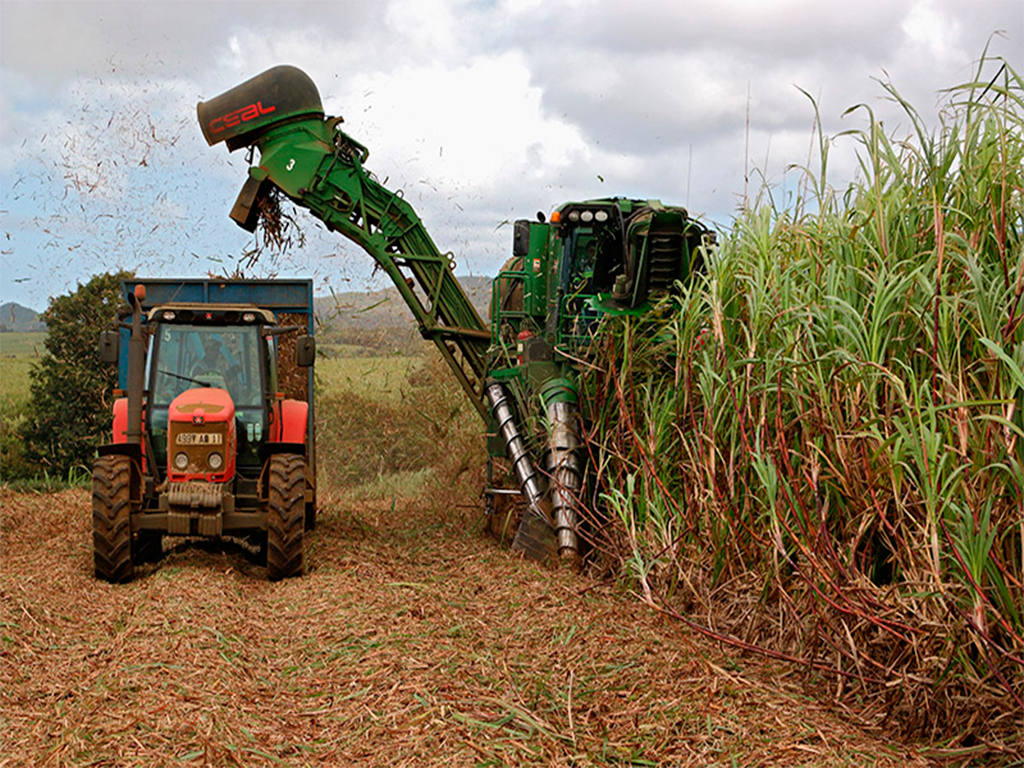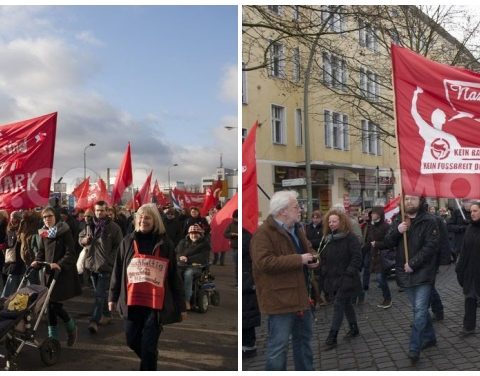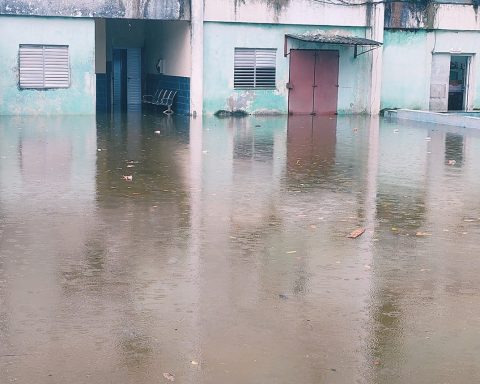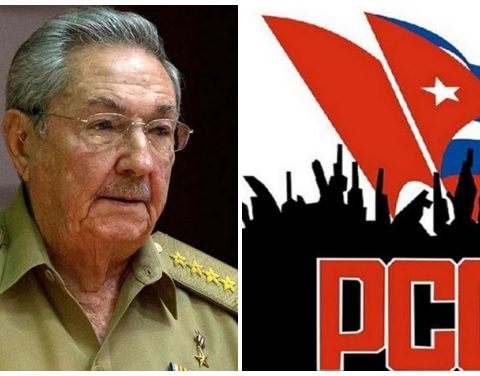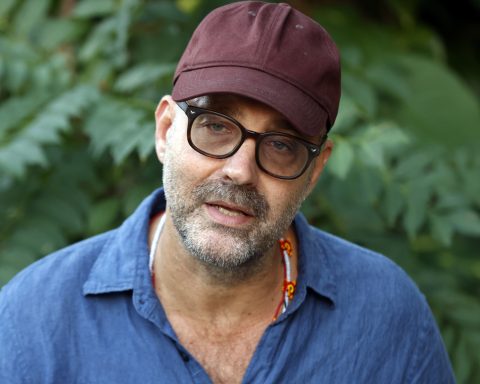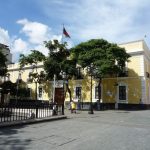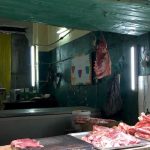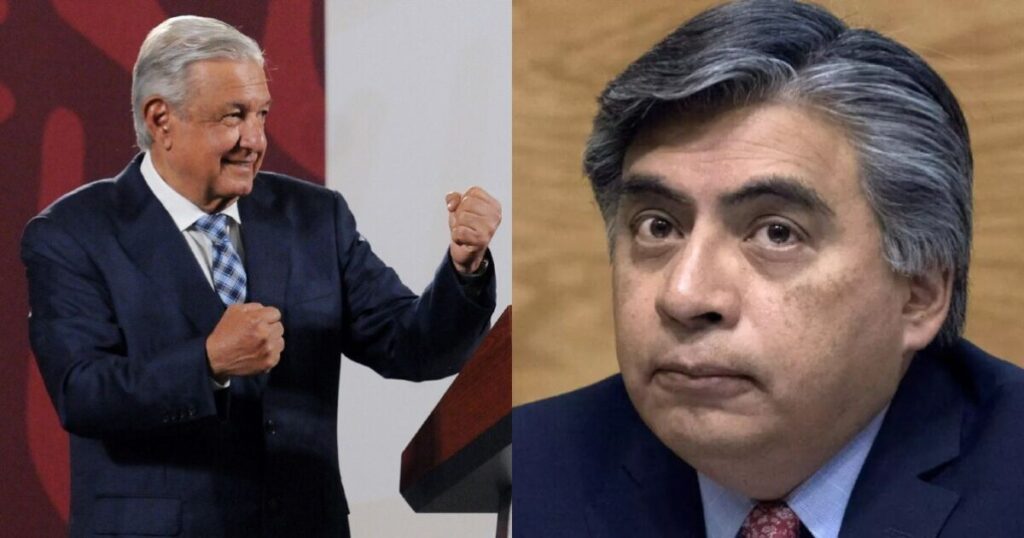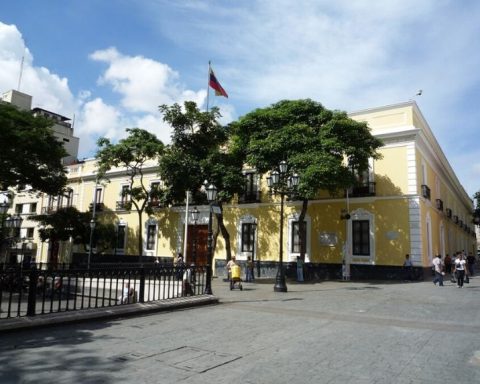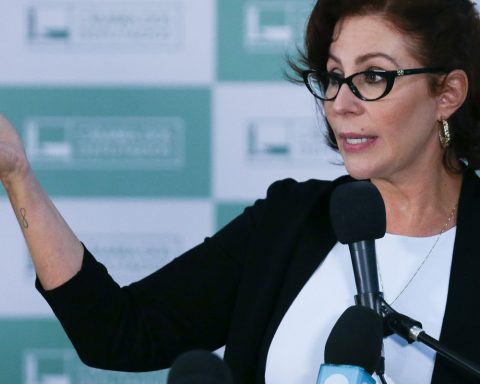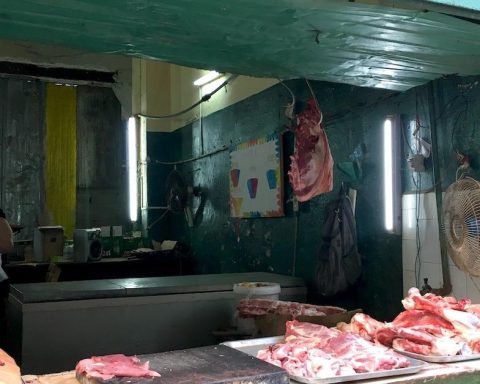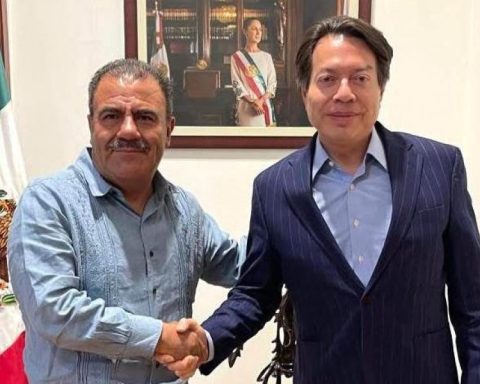HAVANA, Cuba.- In recent statements by the Director of Informatics and Communications of the Azcuba business group, in charge of sugar production in the country, it was learned that only 26 plants will manufacture sugar during the upcoming 2022-2023 harvest. Although the crisis facing the country’s sugar sector is no secret to anyone, a mill with such a small number of plants may have surprised many.
When, at the end of the 2002 harvest, Fidel Castro decided to leave only 71 mills in operation, out of the nearly 160 that usually carried out the sugar campaign in the nation, hardly anyone imagined that even worse times were yet to come. Because to the inefficiency and high production costs that made Cuban sugar production uncompetitive at the international level towards the beginning of this century, a great shortage of cane has been added in recent times. Shortage that, to a large extent, has meant that since 2012 the harvest plans are not fulfilled, and that in the last contest only 480 thousand tons of sugar were produced, the lowest harvest in more than a hundred years.
The aforementioned Azcuba official He stated that with the 26 plants that will grind in the next contest “the supply of sugar from the regulated family basket and the industrial needs for the use of this basic food will be guaranteed, allowing the production of the sector to be linked with the production process of other companies in the country.” In other words, sugar production to cover different objectives at the national level, but nothing for export.
Indeed, Cuban sugar exports have plummeted in recent years. Figures provided by Consulting Havana Group account for such a debacle. For example, in 2013 these exports amounted to 449 million dollars. In 2019 they dropped to 212 million dollars, while in 2020 they only reached 171 million dollars. For 2021, revenues from this concept were estimated at around 78 million dollars.
In recent days, President Miguel Díaz-Canel Bermúdez held a meeting with more than a hundred specialists, academics, businessmen and workers from the sugar sector, in which a new strategy was also discussed based on the extremely poor harvest that is forecast for this year.
The government advocated giving greater prominence to sugar cane derivatives, such as the production of more alcohol, more rum and greater generation of electricity. He also spoke out for taking advantage of the fields where there is no cane to plant various crops, fruit trees, establish livestock modules and produce animal feed.
And, of course, he urged all factors to intensify cane planting, as the only way to achieve a hypothetical recovery of the sugar sector.
However, information that transcends the current cane planting campaign should not be very flattering for Mr Díaz-Canel. There has been a shortage of tires and batteries for the teams that intervene in the preparation of the soil; there are delays in the arrival of the bearings for the plows; and as of April, fuel has been extremely scarce. Similarly, there have been difficulties in acquiring herbicides and fertilizers. A total of 10 sugarcane companies show significant delays in their sugarcane planting plans.
As can be seen, as events progress, it only remains to dismantle the Azcuba group, and forget that one day our island was at the forefront of the world in the production and export of sugar. It is a genuine example of what Castroism has meant for the Cuban economy.
OPINION ARTICLE
The opinions expressed in this article are the sole responsibility of the issuer and do not necessarily represent the opinion of CubaNet.
Receive information from CubaNet on your cell phone through WhatsApp. Send us a message with the word “CUBA” on the phone +1 (786) 316-2072, You can also subscribe to our electronic newsletter by giving click here.
